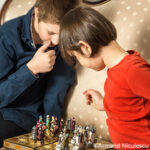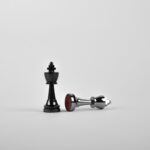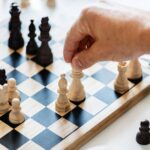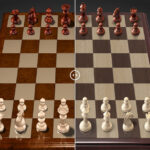5 Best Chess Web Shops
Around 1100 AD chess was well known in royal and noble houses from Spain, France, and Italy. With an enormous variety of artistic and elaborated chess sets, it had to be simplified and unified in order to spread to all social classes. The turning point was in 1849, when “Staunton Chess Set” appears. More 🡢







